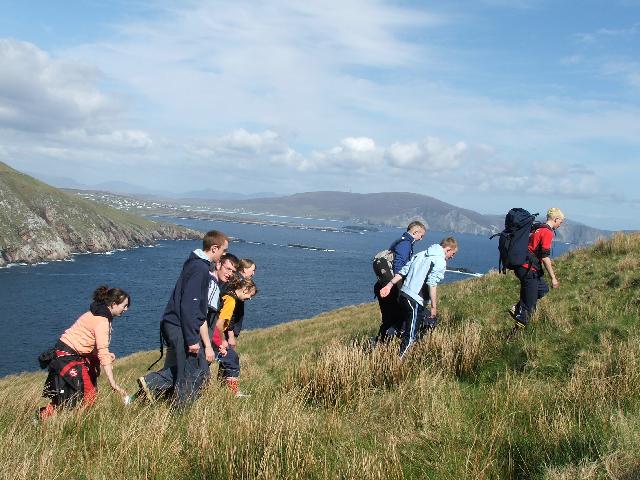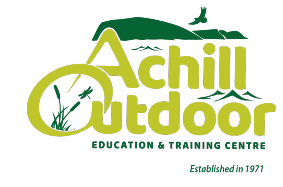Geographical Ecological Studies at Achill Outdoor Educational and Training Centre
Leaving Certificate Investigations
One day programme covering geomorphic process of Transportation and Deposition in a costal environment i.e. beaches on Achill, County Mayo.
Topics to include
- Recording Data
- Field Sketching
- Wave Study
- Beach Fabric Analysis
- Study of the Beach Profile
- Recording Sediment Transport and Deposition
- Other Evidence of Costal Deposition.
Students will complete all skills/information needed to fulfil requirements of Geographical Investigation Reporting Booklet.
All equipment, workbooks and on course transport is provided.
Price on request

